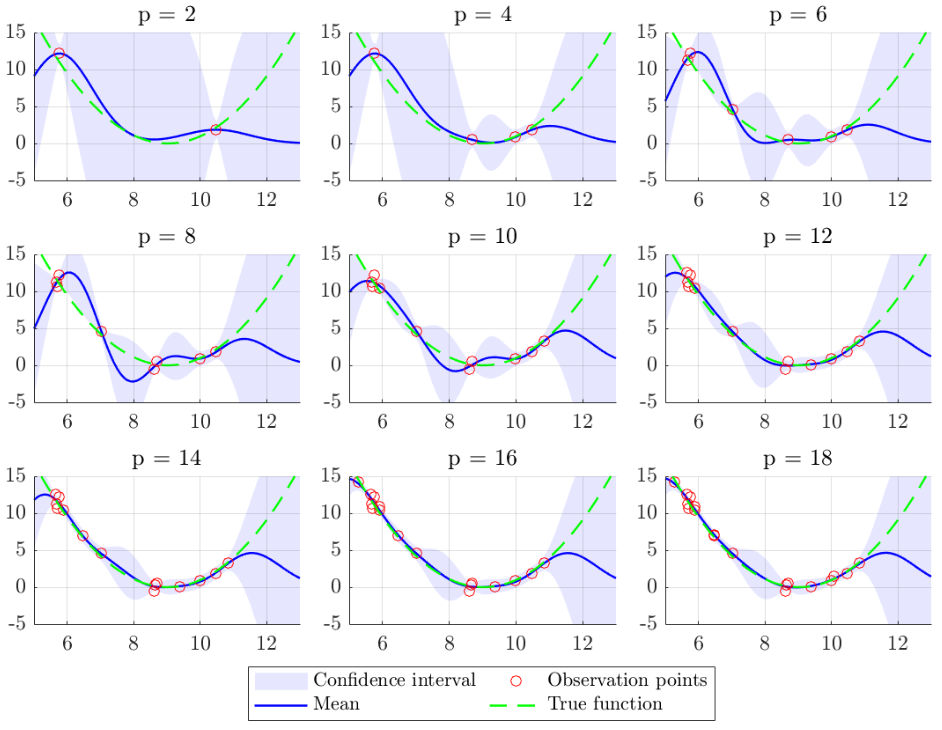Data-Driven Optimization and Learning
Distributed Online Optimization with Learning
 |
Networked systems that interact with single or multiple users are becoming more and more complex. In this type of interaction, it is common to have complete (or partial) knowledge of the physical or operational limits of the network, and uncertainties regarding the preferences of the users. In order to solve optimization problems that involve time-varying objectives from the network and goals for multiple users, we investigated a distributed online optimization algorithm with concurrent learning of the users’ functions, i.e., we focus on an online consensus-based algorithm. The online algorithm is based on a primal-dual method, properly modified to accommodate feedback from the users and measurements from the network. Numerical results are presented in this pre-print in the context of real-time management of distributed energy resources. |
Online Optimization with Infrequent Feedback
 |
The avilability of data has become a challenge to overcome when we develop algorithms that depend on measurements at each instance of time. Here, we focused on a data-based online projected gradient algorithm where: the input-output map of the system is replaced by measurements of the output whenever available; and the unknown function is learned based on functional evaluations that may occur infrequently. i.e., we are dealing with a feedback-based online algorithm that operates in a regime with inexact gradient knowledge and with random updates. We provided error bounds in expectation and in high-probability, and also we stablished results in terms of input-to-state stability. Gaussian Processes is used as an example to estimate the uncertanties on the cost function. |
Online Optimization and Learning for Power Systems
Learning-Based Demand Response in Buildings
| We developed a model-free predictive controller for a grid-interactive multi-zone building where the temperature dynamics are learned via Gaussian Process (GP) regression. We investigated the development of a learning predictive control with two main objectives: (i) continuously learn the temperature dynamics of the building based on data; and, (ii) use the learned dynamics to solve a multi-objective predictive control problem to guarantee occupants comfort and energy efficiency during normal conditions and demand response events. In this work a numerical case in a standard five-zone commercial building is presented. |  |
Personalized Demand Response via Online Learning
 |
Demand response strategies are key to increase the flexibility and efficiency of power systems by allowing controllable devices to provide services at various time-scales. Nowadays, users have a high level of interaction with most of the controllable devices at the distribution level, therefore, we can have access to feedback from the user at different time intervals. In this context, we formalize a demand response task as an optimization problem featuring a known time-varying engineering cost - associated with the network- and an unknown (dis)comfort function -relative to the users-. One example of this setting is presented in this paper. |  |
Estimation of Matrix Sensitivity
 |
Perfect knowledge of power systems parameters is a complex and expensive task, but it is vital to guarantee the proper performance of many systems that interact with the network. In this line of work, we focus on the estimation of sensitivity matrices in electrical transmission systems. We proposed an online proximal-gradient method to estimate sensitivities on-the-fly from real-time measurements by leveraging a nuclear norm minimization approach, as well as sparsity-promoting regularization functions. This pre-print is our first approach on that direction. |  |